5 Ways Companies Are Changing To Cash In On The Chinese Travel Boom
The China Outbound Tourism Research Institute estimates that a staggering 90 million Chinese tourists will travel overseas by the stroke of midnight on Dec. 31, 2013, making China the world’s largest outbound tourist market within a matter of months. Already, Chinese tourists have surpassed both Americans and Germans in terms of expenditures, forking over a record-breaking $102 billion on trips last year. So how exactly are global companies adapting to meet the demand? Here’s a look at five examples.
Travel Brands Alter Their Marketing Strategies
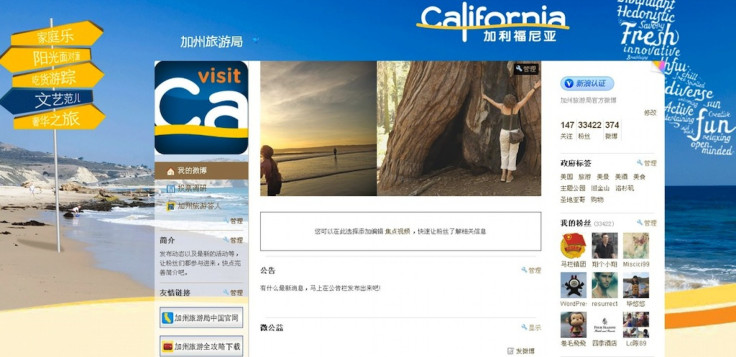
Let’s say your company has a great social media department with thousands of Twitter followers and tens of thousands of Facebook likes. Your global marketing plan may be fantastic for 80 percent of the world, but what about the 20 percent that live in China where Facebook and Twitter are replaced by state-controlled Renren and Sina Weibo?
A recent report from the think tank L2 found that Hong Kong-based Shangri-La was the only hotel company with a high digital IQ in the Chinese market. Some brands like the Ritz Carlton only joined Sina Weibo this month, while others such as Marriott, Hilton and Intercontinental have had only “average” success, according to the report.
On the flipside, some 90 percent of the world’s country tourism boards have launched accounts on the Twitter-like platform, with Your Singapore and Visit Britain being the most influential of the pack.
Visit California has, on a smaller scale, been particularly successful in its outreach over Chinese social media -- so much so that it has become the top U.S. destination for Chinese visitors with 47.5 percent of the market share. The tourism board launched a massive $1.6 million campaign this past spring to keep the momentum up, replete with a competition on its Sina Weibo page promoted by the Garden State’s first tourism ambassador from Mainland China, model-actress Gao Yuayuan (who has more than 20 million Sina Weibo followers herself).
“We have a once-in-a-lifetime opportunity to capitalize on the rapid growth in outbound tourism from China,” Visit California president and CEO Caroline Beteta said, announcing the new campaign. “Tourism is a powerful economic engine in California and China will become our number one overseas market in 2013, with over $2 billion in annual spending projected.”
Hotels Change Their Amenities
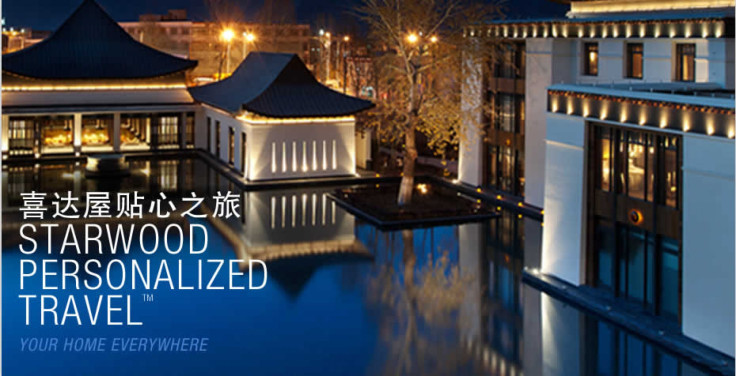
Japanese travelers compelled hotels to offer more rooms with twin beds or provide baths instead of showers, but the Chinese have their own unique travel habits that experts say hotels will need to adapt to if they really want to attract the Chinese market. First, they’ll need to provide amenities including slippers, a kettle, instant noodles and chopsticks. Second, hotels should consider a Chinese-language TV channel and have printed information such as maps and brochures in simplified Chinese. Lastly, if it’s a larger hotel, there should be someone on staff who can speak Mandarin.
Other modifications mentioned in a recent Hotels.com report include Chinese food menus, a hotel website in Chinese, Chinese newspapers and a China UnionPay partnership. The same report found that a shop, restaurant and bar are the most important facilities to Chinese visitors.
“As Chinese travelers begin to travel beyond their borders en masse, they, like their Western counterparts before them, will gravitate to the hotel brands they know from home,” Frits van Paasschen, president and CEO of Starwood Hotels & Resorts, said recently in announcing a new program at Starwood’s Sheraton, Westin and St. Regis hotels targeting Chinese tourists. “Just as our hotels in China have historically catered to American and European travelers with familiar amenities from home, now our hotels globally will provide the same services to Chinese travelers."
Those services at select Starwood brands include an in-house Chinese “specialist,” Chinese-language collateral, familiar foods and the attendant tea kettles, slippers, instant noodles and assorted toiletries upon request. Hilton, too, has a similar program, Hilton Huanying, which includes much of the same in addition to Chinese breakfast options, and is now available in 70 key hotels in 23 countries.
Malls Roll Out The Red Carpet For Chinese
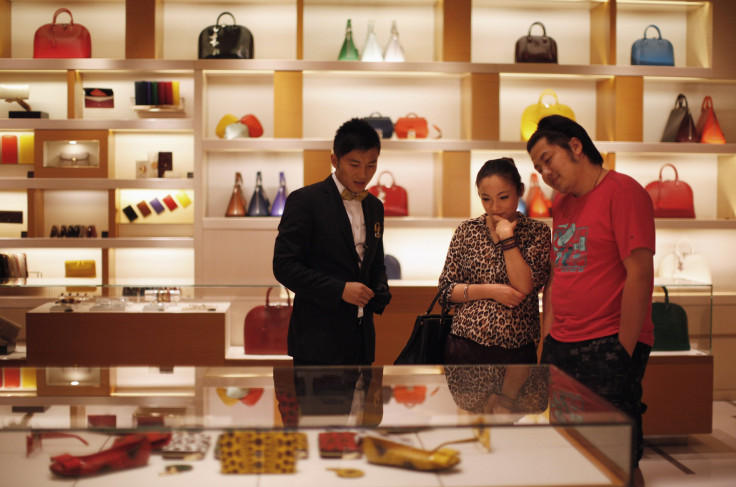
Chinese consumers -- burdened by stiff government taxes on luxury goods at home, which can range from 20 percent to 70 percent -- accounted for approximately 62 percent of Europe’s luxury goods sales in 2011, according to the most recent report from the Beijing-based World Luxury Association. The report made clear that, as Europe emerged from the doldrums of an economic downturn, the Chinese had arrived to fill in the void.
Across the pond, the U.S. received roughly 1.5 million Mainland Chinese visitors in 2012, a gain of about 35.3 percent over the previous year. And while the average international visitor to the U.S. spent about $4,000 on their trip, Chinese spent upwards of $6,200 thanks to their veracious appetite for shopping.
The retail industry has caught on to the trend in recent years. It realized that while many Western visitors listed beaches or national parks as the highlight of their vacation, surveys showed that many Chinese tour groups preferred the mall. Armed with this knowledge, groups like Simon’s Premium Outlets, which operates 72 malls globally, began sending representatives to China annually to make sure their malls were integrated into tour bus itineraries.
“For the past six years, representatives from Simon have traveled to China to attend the China International Travel Market in Shanghai and Kunming,” spokeswoman Michele Rothstein told International Business Times recently, adding that her company was one of the first to do so. “We work with our area Visitors and Convention Bureaus to support their efforts to attract Chinese visitors and implement a wide range of marketing strategies.”
She noted that Chinese visitors were the company’s fastest-growing international market segment, and Premium Outlets’ malls have added appropriate language materials, currency exchange and staff that speak Mandarin to adapt to the growth.
Airlines Fight For Routes
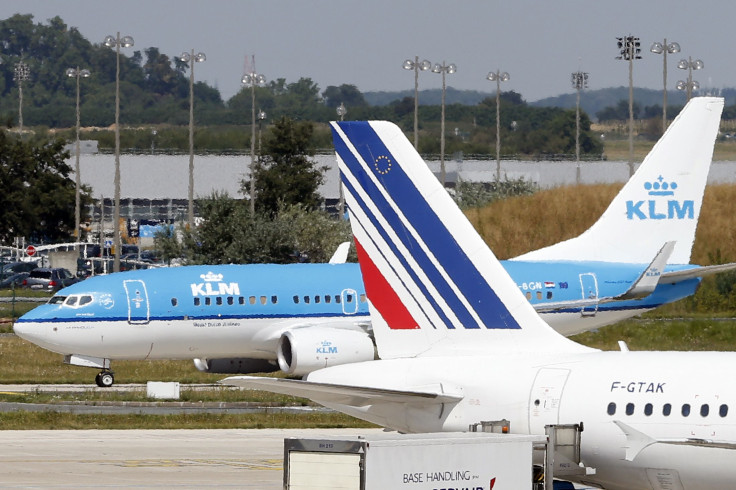
The tremendous growth in the Chinese aviation industry has led to a shortage of resources and major challenges in terms of slots and operational delays. But a few international carriers have found a way to penetrate the market.
Air France-KLM was the first European airline in the Chinese market in 1966, and today it boasts the most extensive schedule, with nine destinations throughout the mainland and 93 flights weekly between Europe and China, including a new route added this past week between Paris-Charles de Gaulle and Shanghai-Pudong on the 516-passenger Airbus A380.
“The arrival of our superjumbo in Shanghai illustrates Air France’s intention to continue its expansion in China, a strategic and fast-growing region,” Frédéric Gagey, chairman and CEO of Air France, enthused last week. “With the A380, our customers can enjoy an optimum travel experience in all cabin classes, as well as services specially adapted to the Chinese culture.”
More than 50 percent of passengers on Air France-KLM routes are now Chinese, a sign that the brand has gained further traction in the market. Expanding routes between the U.S. and China, however, has proven to be much more tricky, given the highly regulated nature of awards for route authority between the two countries and a strict limit on the number of flights. Currently, United Airlines and Delta Air Lines hold the lion’s share of the market with eight and five flights, respectively, to either Beijing or Shanghai.
Cruise Ships Head East
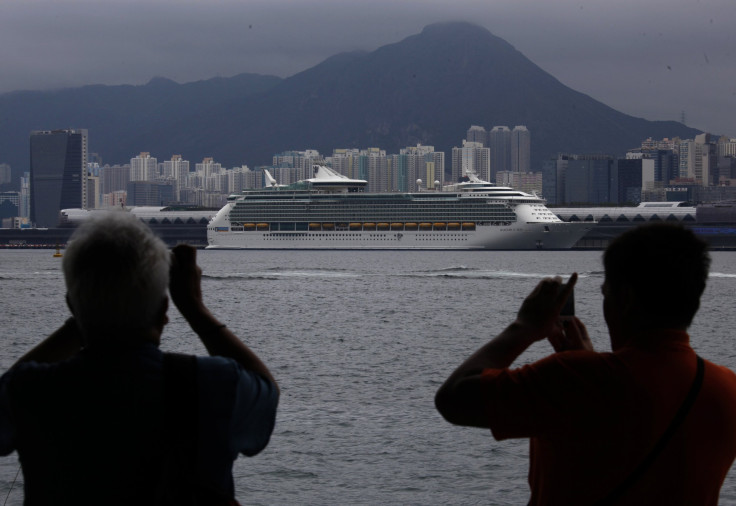
The East China Sea is not the Mediterranean, and it’s certainly not the Caribbean, but that hasn’t stopped a slew of U.S.- and European-owned cruise liners from sailing over for a taste of the Chinese travel pie.
While there's no denying China’s emergence as one of the most lucrative markets for travel and tourism, a report from Cruise Market Watch found that the total Asian market represented just 7 percent of global cruisers last year. But that number is on the rise, and places such as Singapore and Hong Kong are vying to be the early movers in a burgeoning industry.
With the addition of Hong Kong’s new Kai Tak Cruise Terminal, which opened in June, both hubs now have two terminals from which to lure more ships, and both will likely feed off of each other’s success, since one of the biggest deterrents to cruise travel in Asia is a paucity of destination ports.
“Cruising is a regional business,” Kelvin Tan, Asia Pacific regional director for Royal Caribbean Cruises, explained in an email to IBTimes. “More adequate ports and infrastructures are needed in Asia to support the mega ships with up to 3,500 guests. This is extremely crucial in Asia, where cruise lines are keen to offer diverse itineraries with new ports of call.
“With the opening of new cruise terminals in Singapore, Shanghai and Hong Kong, we are able to deploy larger ships to the region, such as the 138,000 GRT Voyager of the Seas and Mariner of the Seas,” Tan continued.
Royal Caribbean International, which first entered the Asian market in 2007, has seen numbers increase by an average of between 20 and 30 percent year-on-year. Recent projections from the Hong Kong Tourism Board indicate that total Asian cruise passengers could reach 7 million by 2020, representing about 20 percent of the global cruise market.
“Cruising is growing but is still a relatively new vacation concept in Asia, hence the need for the industry to continue building consumer and trade awareness on the attractions of cruising, like its highly-inclusive packages, affordability and convenience of one-time unpacking vis-à-vis the land-based options generally preferred by Asians,” Tan said. “It can be achieved with more marketing campaigns, active participation in trade events and stimulating the distribution network.”
© Copyright IBTimes 2024. All rights reserved.






















